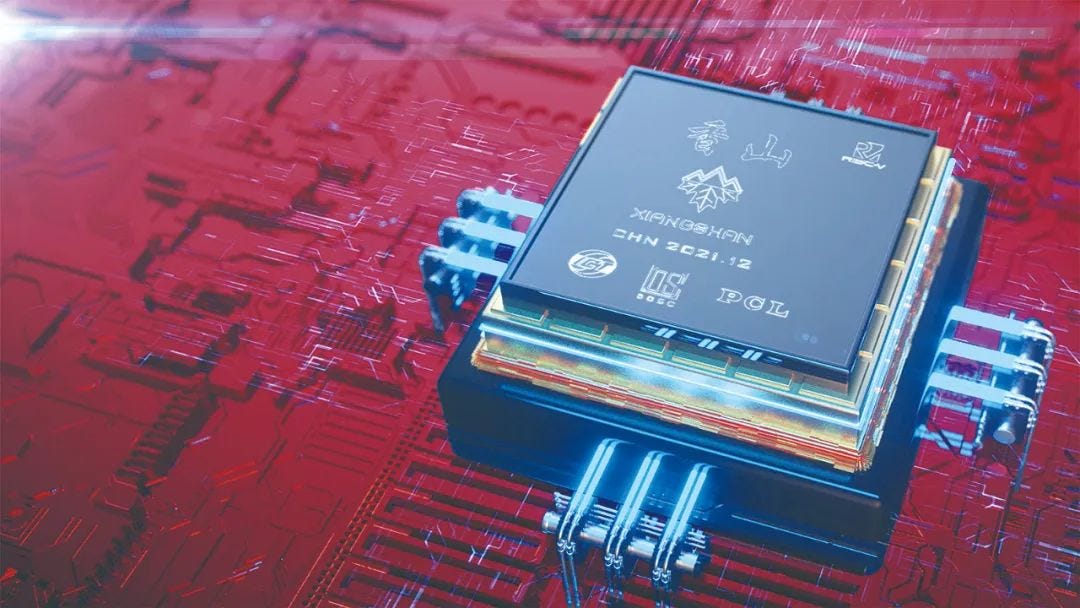Chinese Academy of Sciences Unveils Advanced Open-Source Chips
For China, developing open-source chips is an effective way to address chip supply chain security. - June 1, 2023

The Chinese Academy of Sciences (CAS) has recently showcased its latest advancements in open-source chip technology at the 2023 Zhongguancun Forum. The CAS introduced two major breakthroughs: the "Xiangshan" high-performance open-source RISC-V processor core and the "Aolai" RISC-V native operating system.
For China, developing open-source chips is an effective way to address chip supply chain security and offer technological benefits to the world. This development is a crucial step toward establishing a global open-source chip community. Supported by the CAS Strategic Pioneer Science and Technology Special Project, CAS has achieved numerous internationally advanced technologies, resulting in two flagship open-source chips: "Xiangshan" and "Aolai."
Over the past 20 years, CAS has conducted research on general-purpose and intelligent processors, fostering developments in the industry. In 2021, the CAS Institute of Computing Technology developed the first-generation "Xiangshan" (Yanqi Lake architecture) high-performance open-source RISC-V processor core, the highest-performing open-source processor core worldwide.
So far, "Xiangshan" has received over 3,580 stars on GitHub and has formed over 449 branches. With support from CAS and Beijing government, the Beijing Open-Source Chip Research Institute, jointly founded by 16 companies, is expediting the technological evolution and application of the "Xiangshan" processor core.
The second-generation "Xiangshan" (Nanhu) high-performance open-source RISC-V processor core has been delivered to the first batch of users. This was achieved through an innovative model of joint enterprise R & D + hierarchical open-source sharing. The "Xiangshan" (Nanhu) processor now has a main frequency of up to 2GHz and a SPEC CPU score of 10 points/GHz, supporting numerous complex, high-speed peripheral interfaces. In August 2022, the joint R&D team began designing the third-generation "Xiangshan" (Kunming Lake) processor, marking the world's first open-source model-based collaborative development of processor chips.
Aolai has developed a RISC-V native operating system for AIoT scenarios by creating an open-source software platform for reliable supply chain control and an automated compilation build platform at the source code level. This has enabled the RISC-V software ecosystem to expand its coverage to servers, mobile devices, and the Internet of Things.
The 'Aolai' core technologies have been adopted by the RISC-V open-source community and chip companies, both at home and abroad, to address many challenges in the RISC-V operating system. In 2022, CAS supported its institutes of Software, Computing Technology, and Aerospace Information Innovation in jointly developing RISC-V universal tools, core basic software, and cross-layer optimization frameworks to provide software environment support for low-power, high-performance, comprehensive applications. They aim to further collaborate with the industry to continually advance the open and thriving RISC-V software ecosystem.





